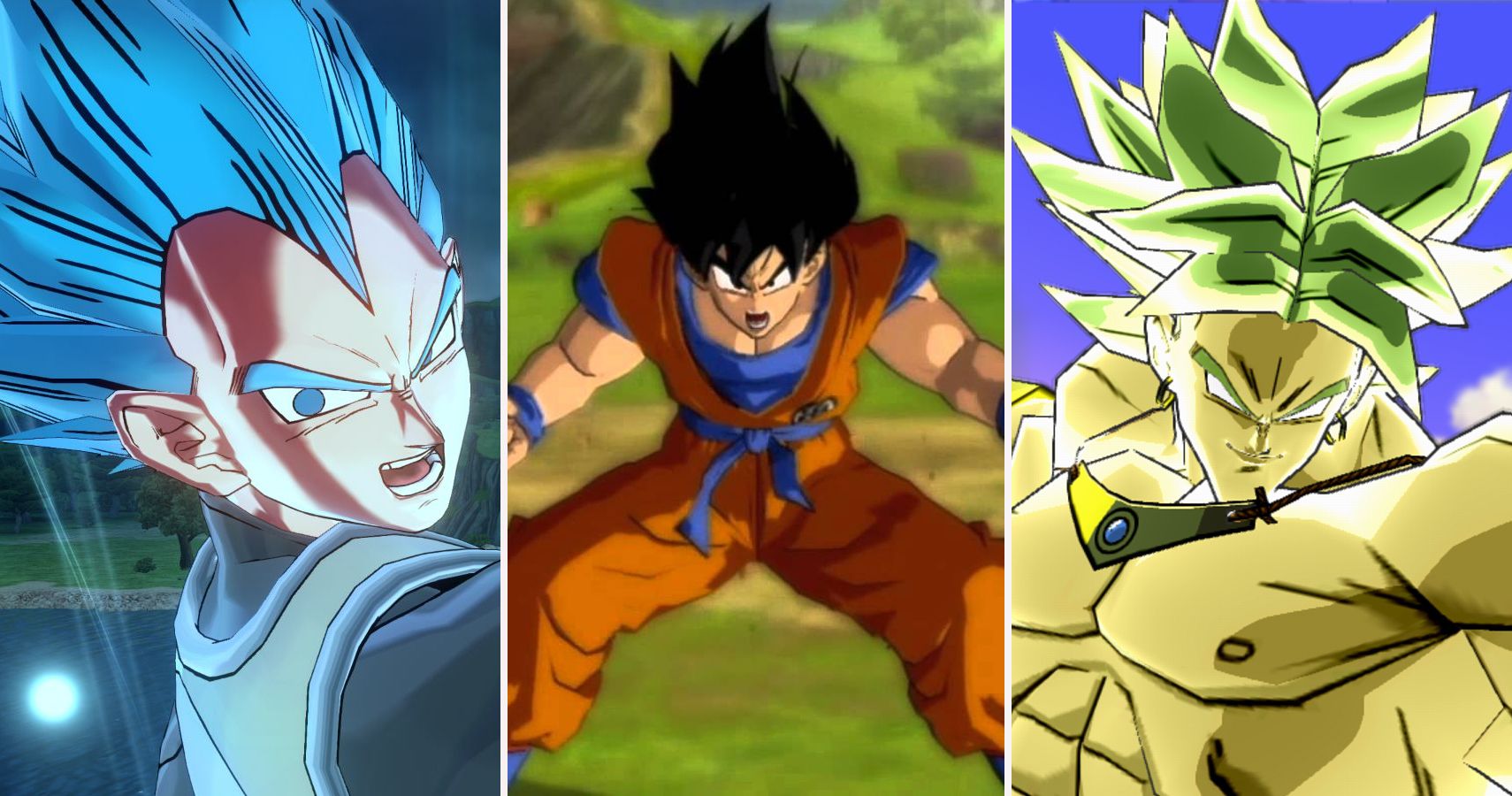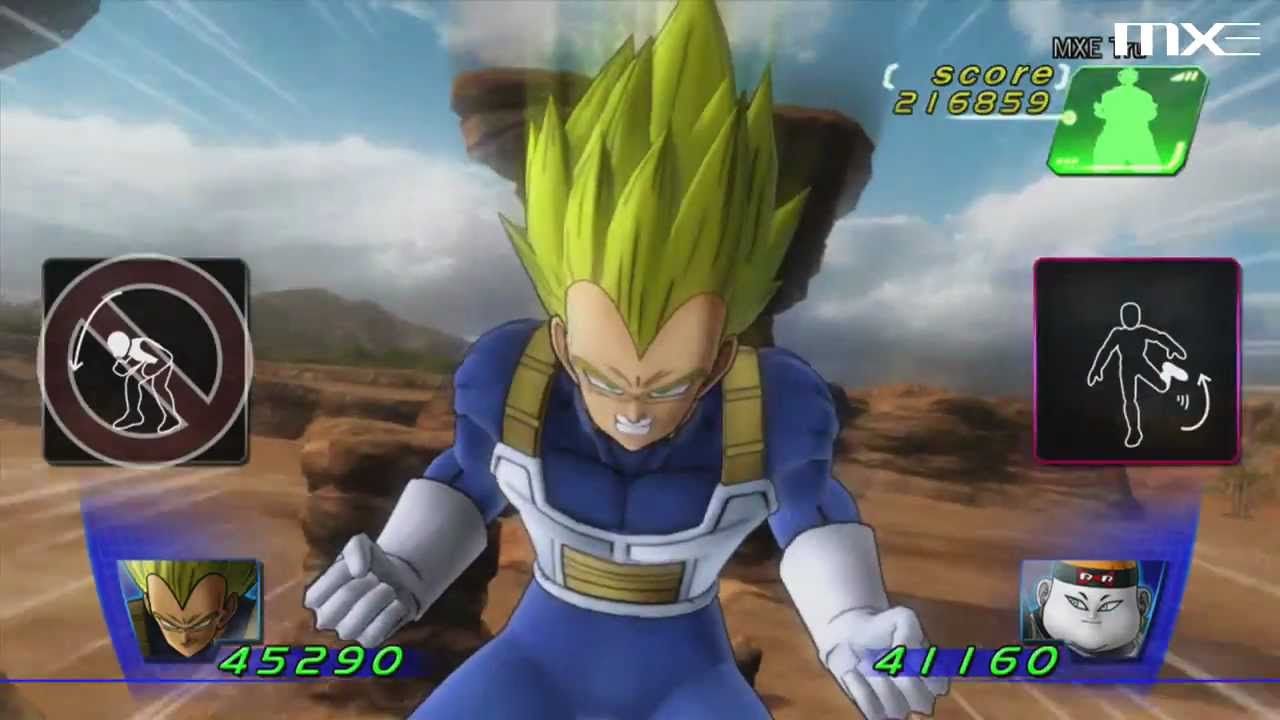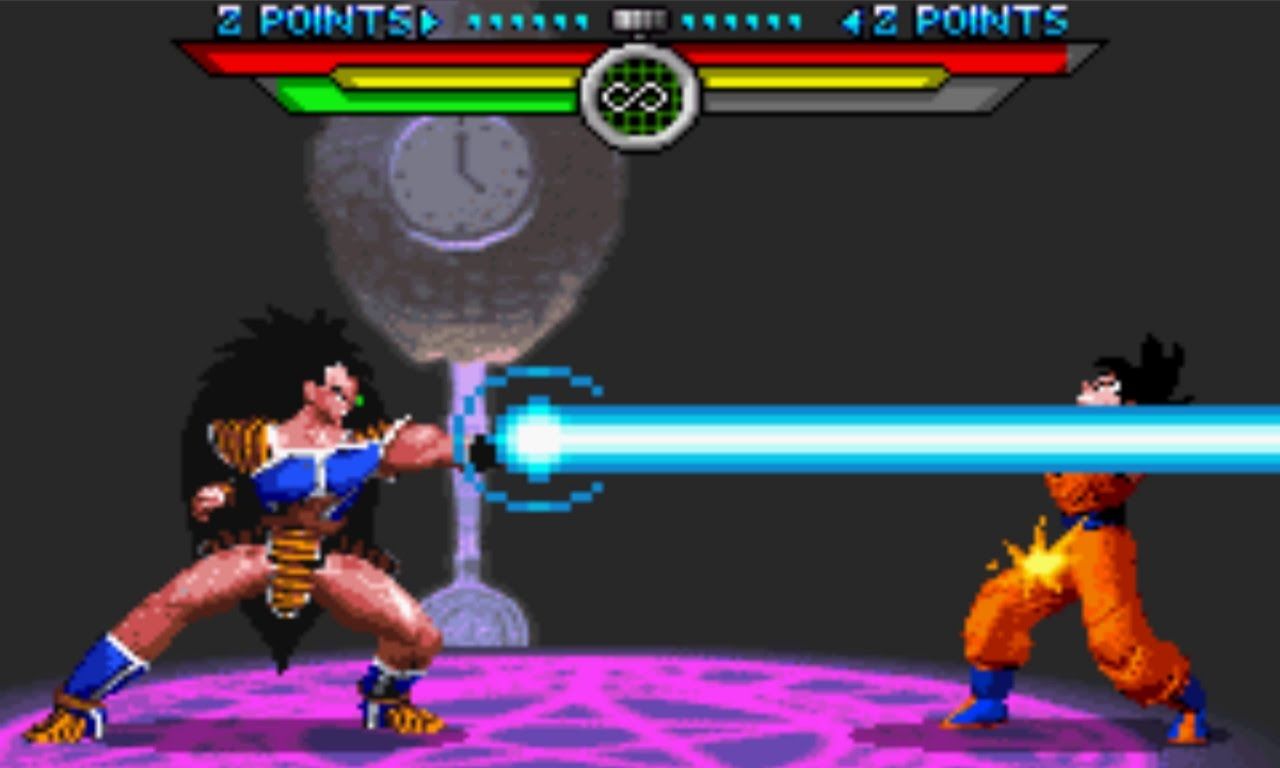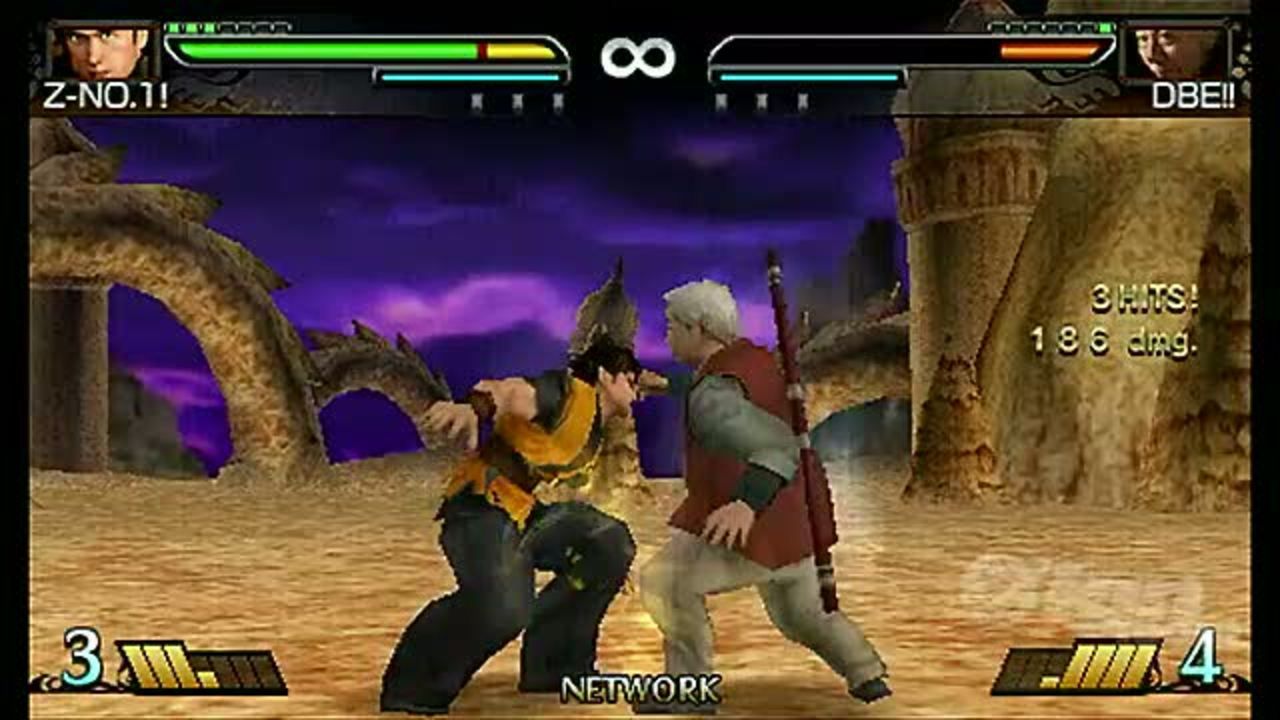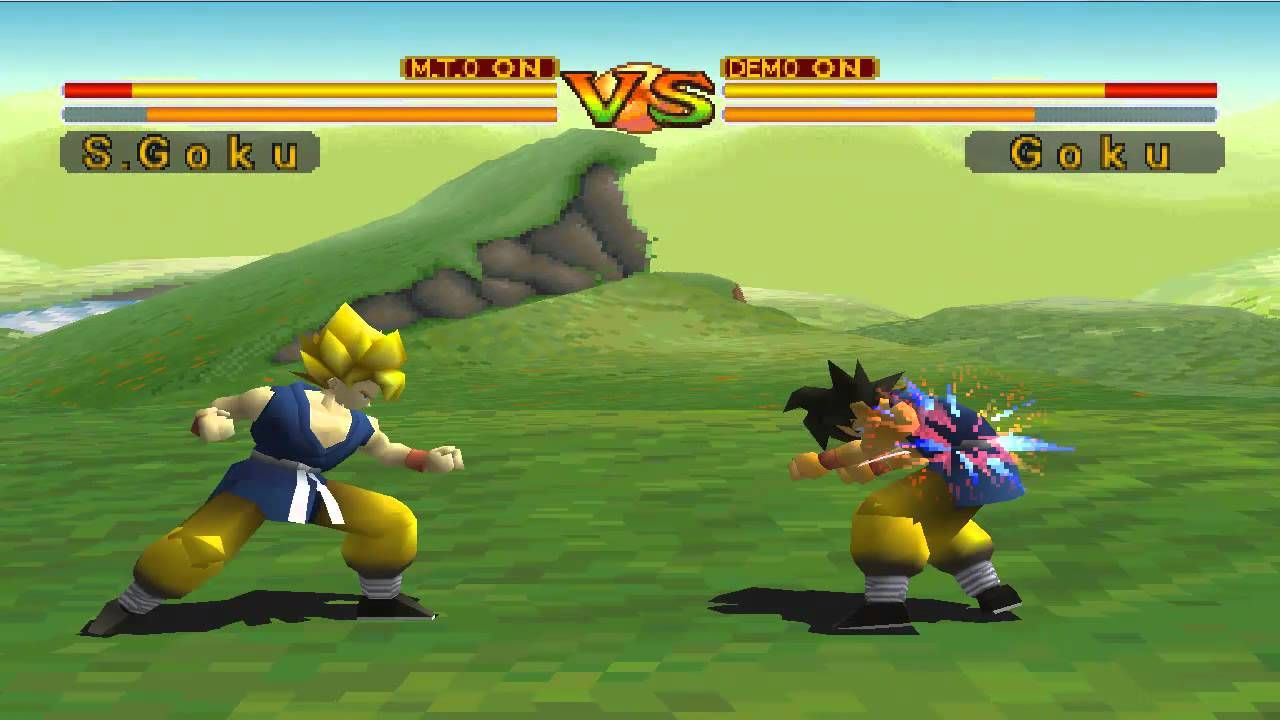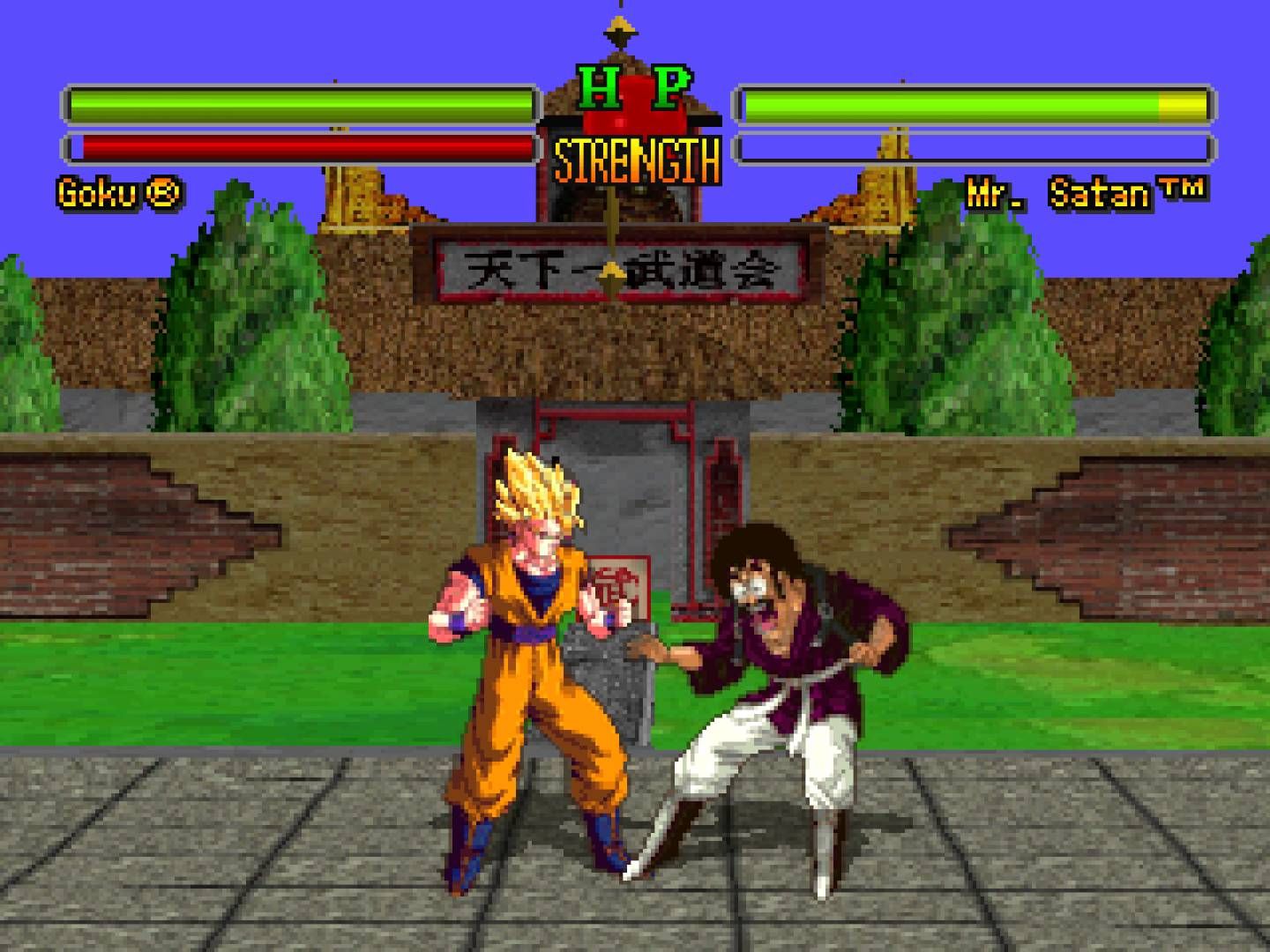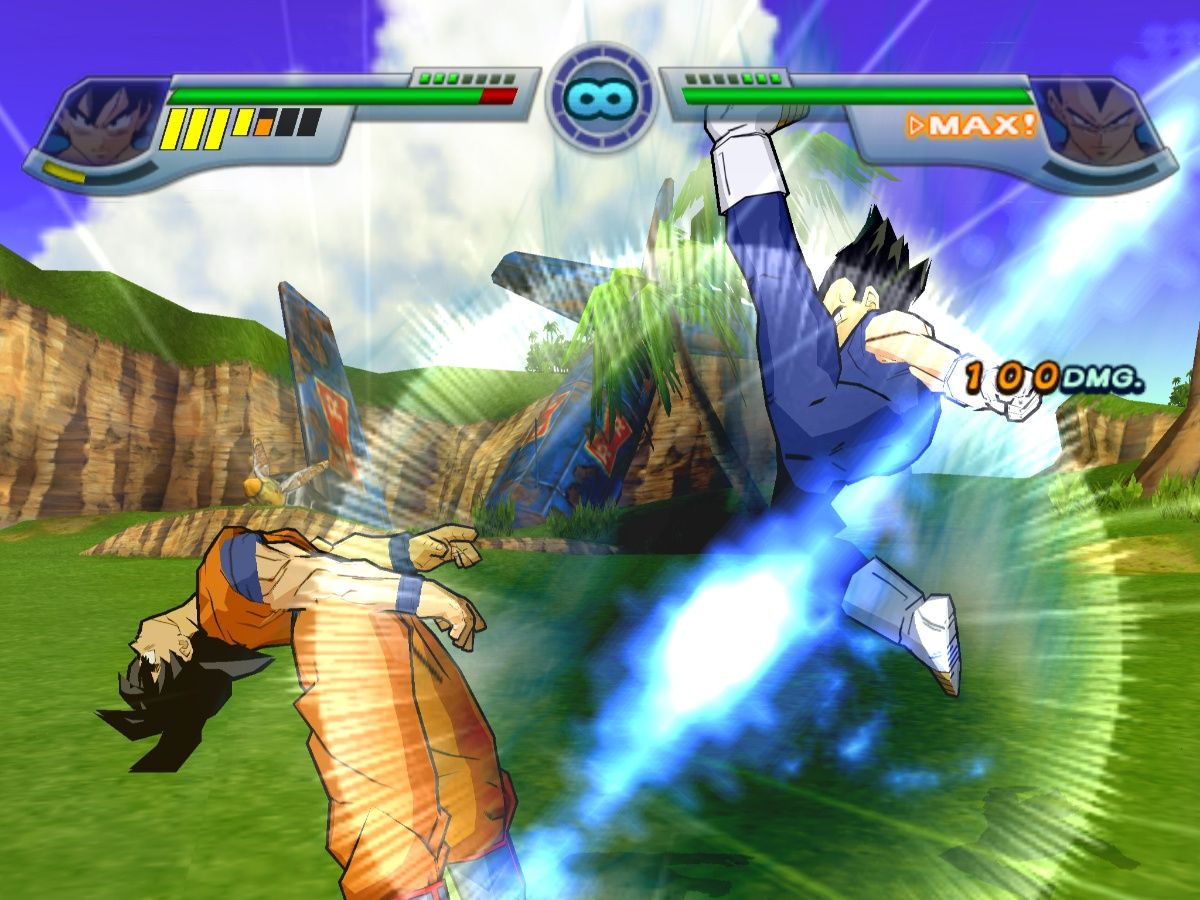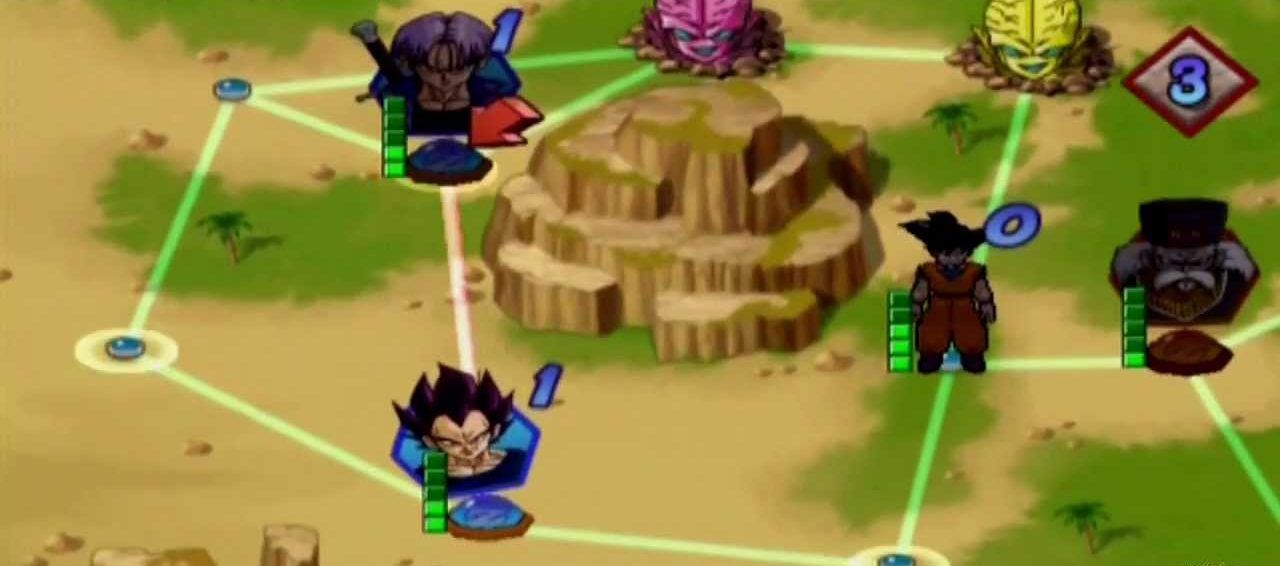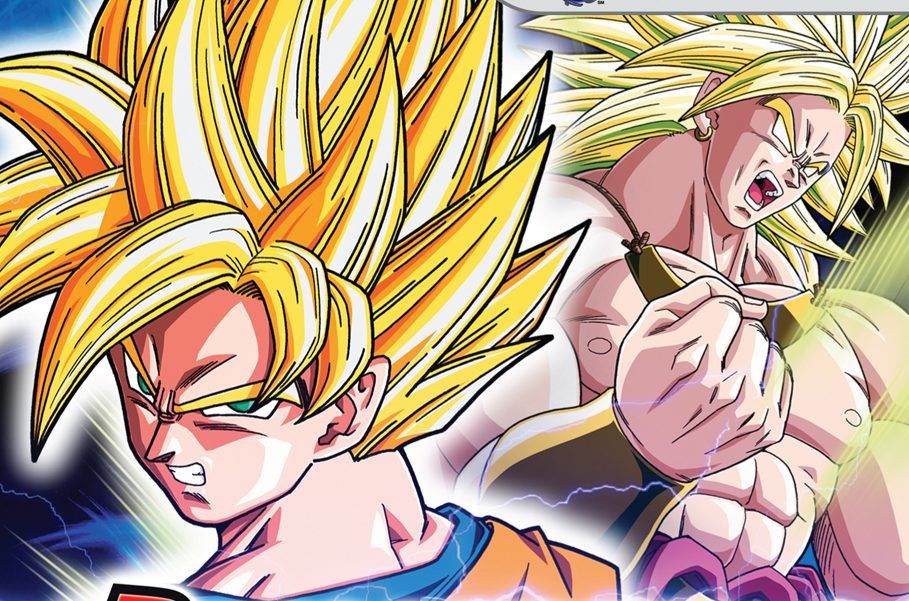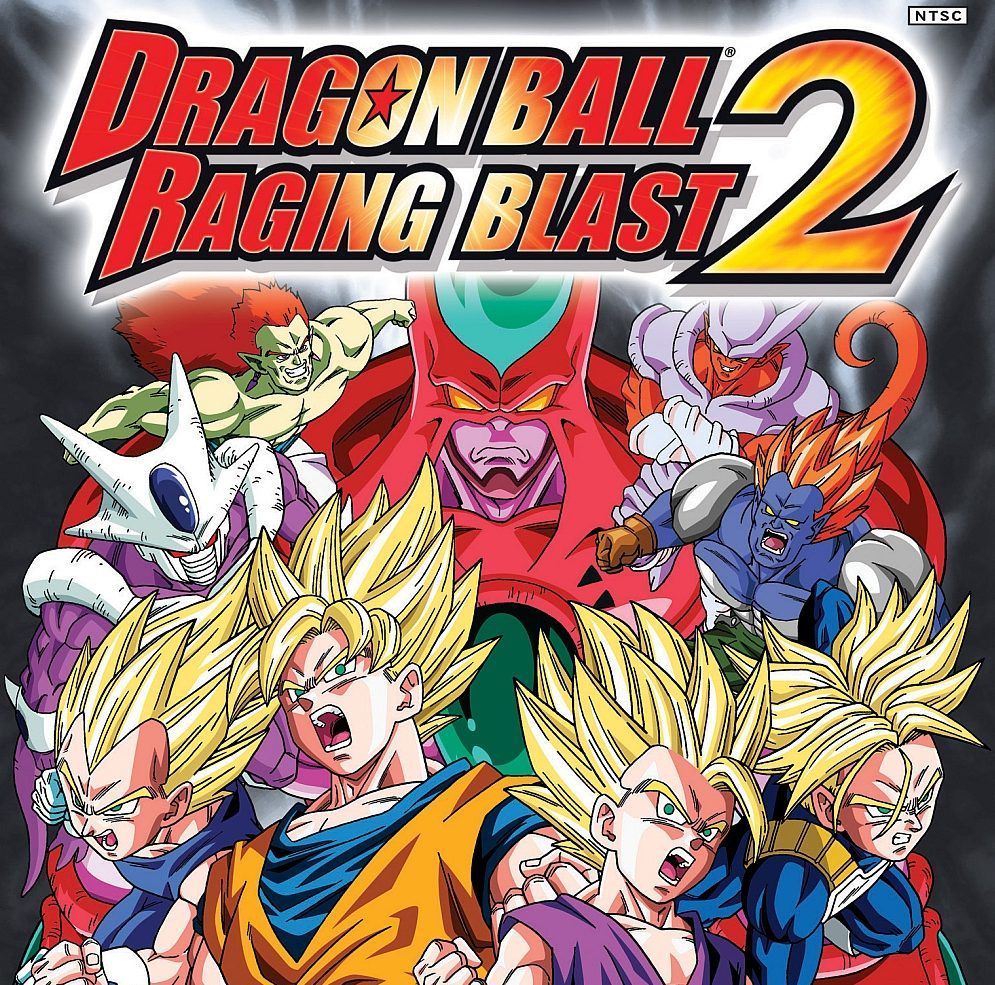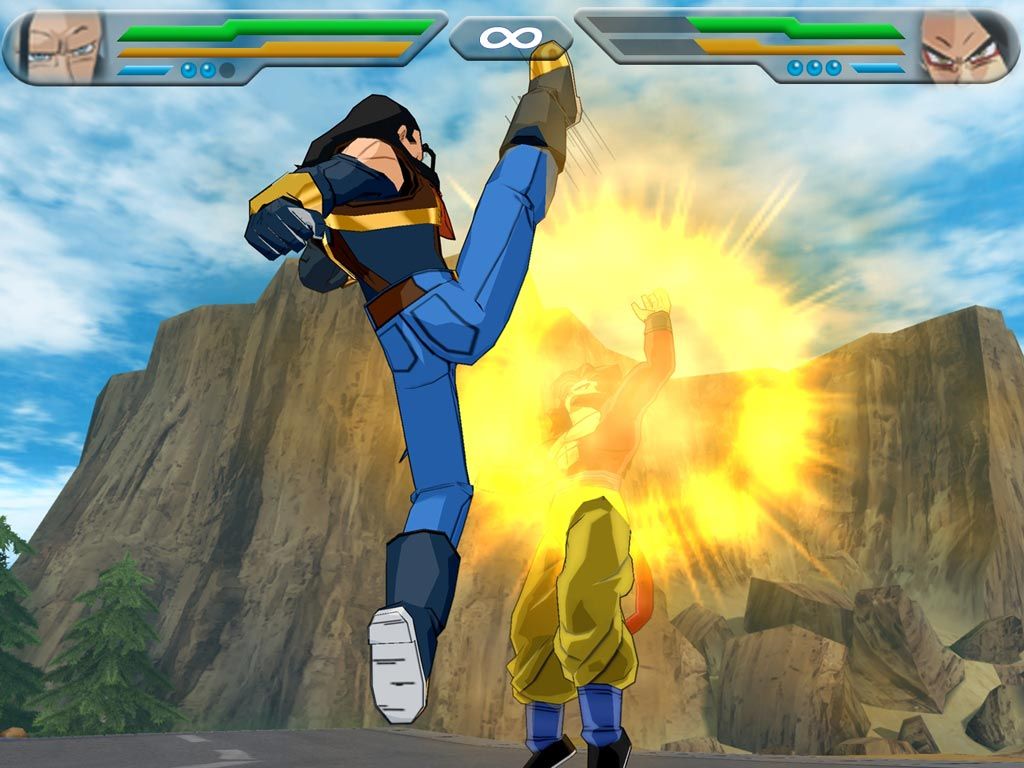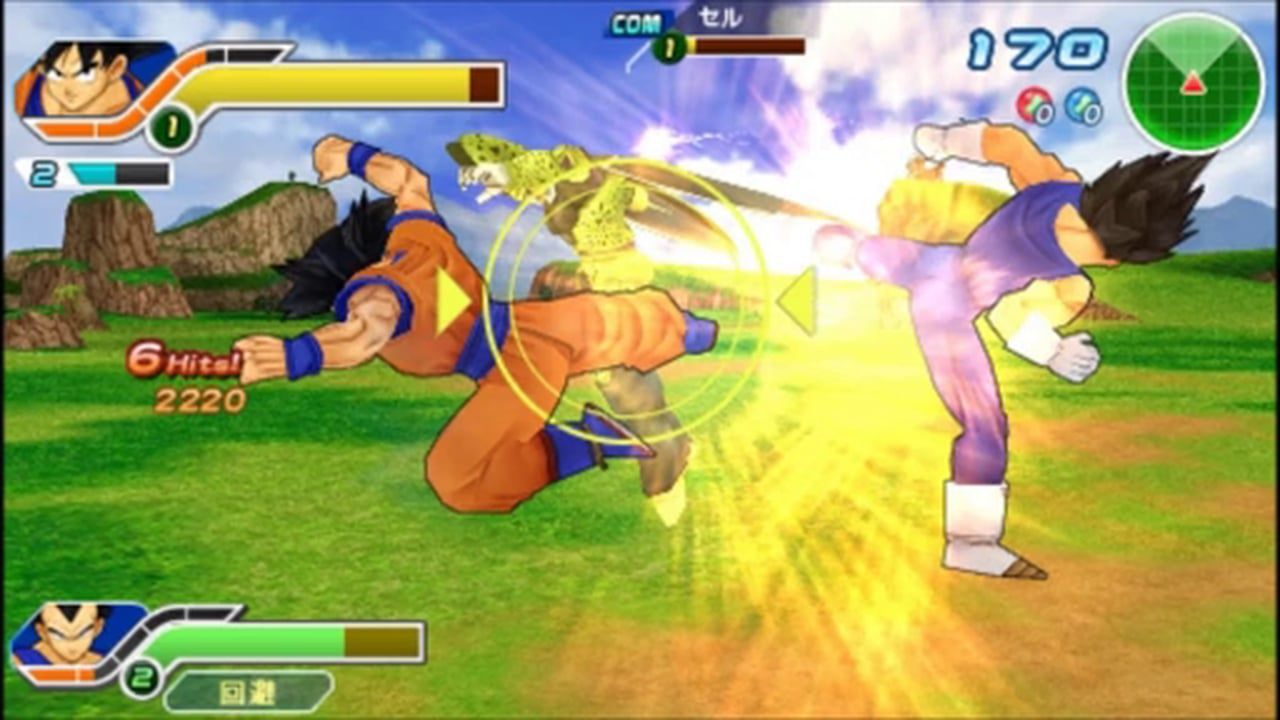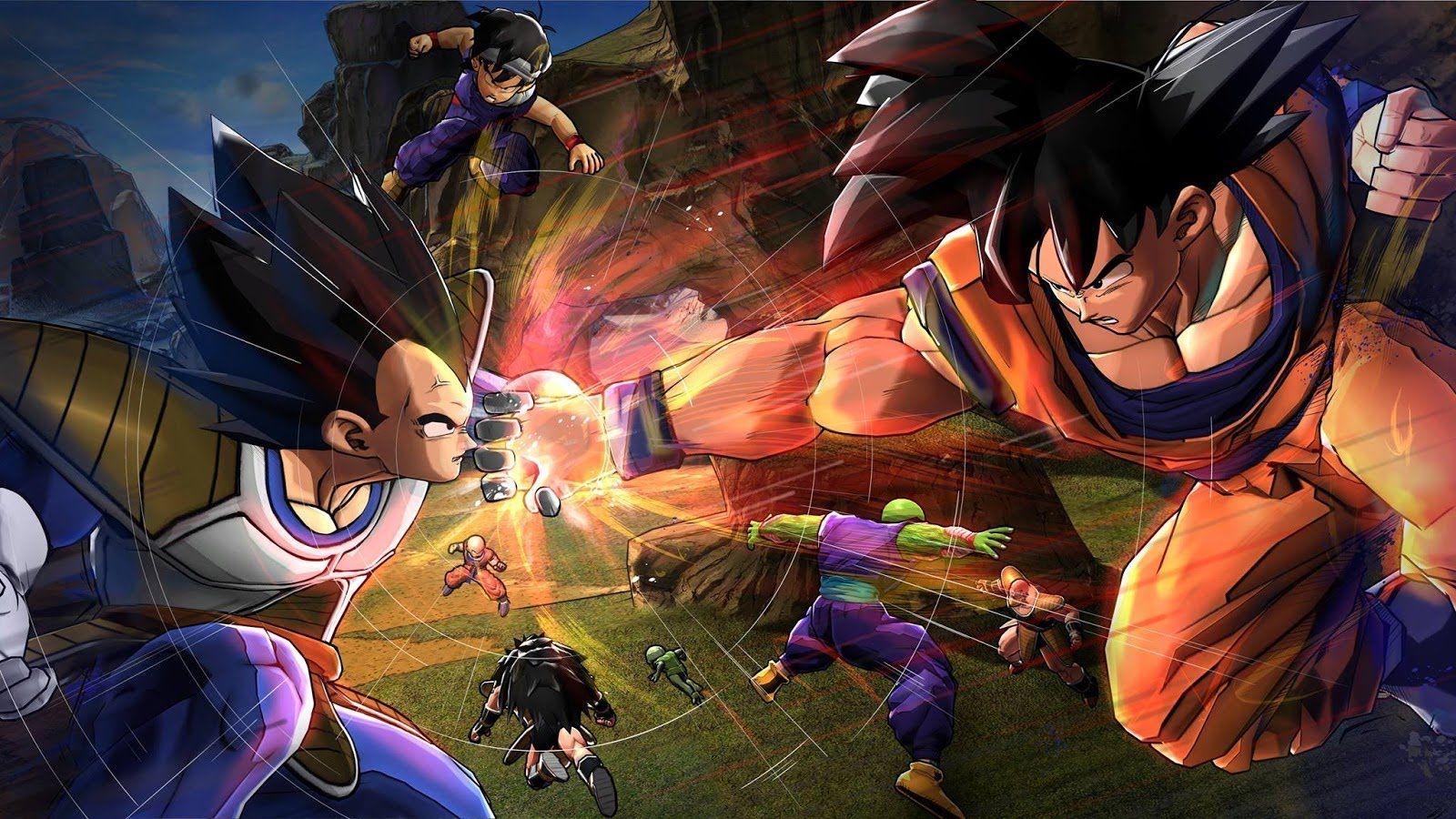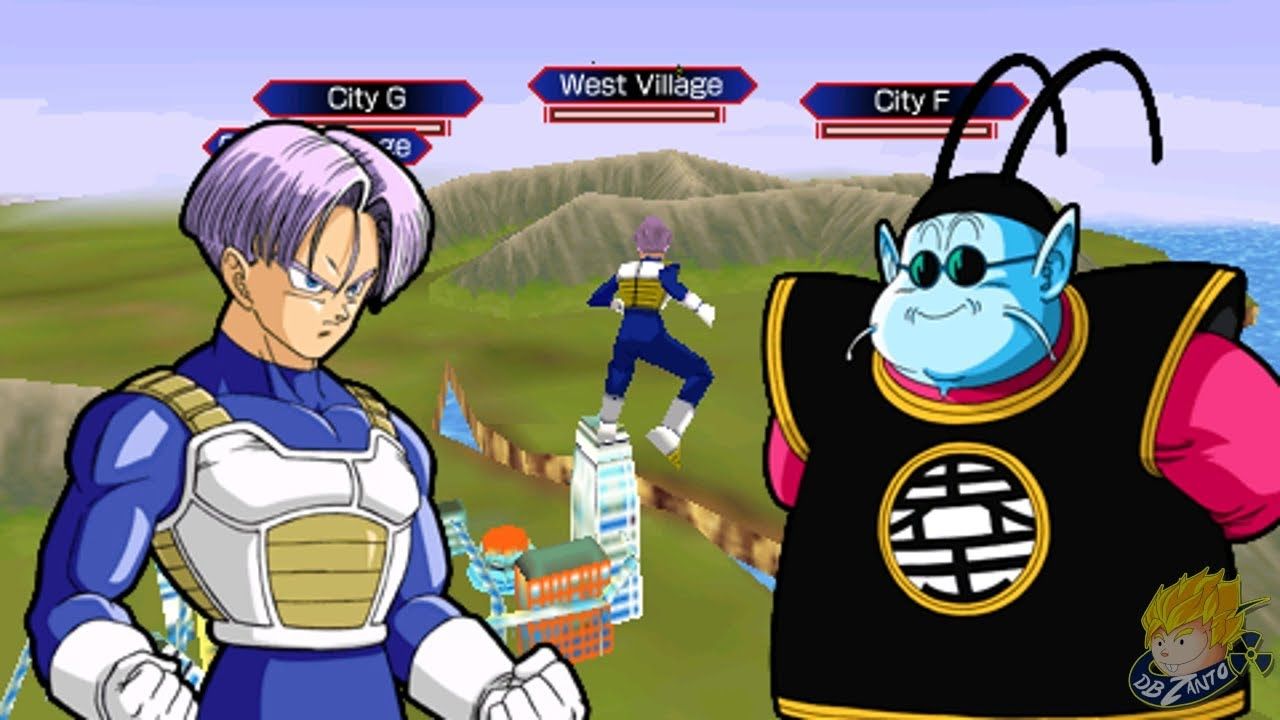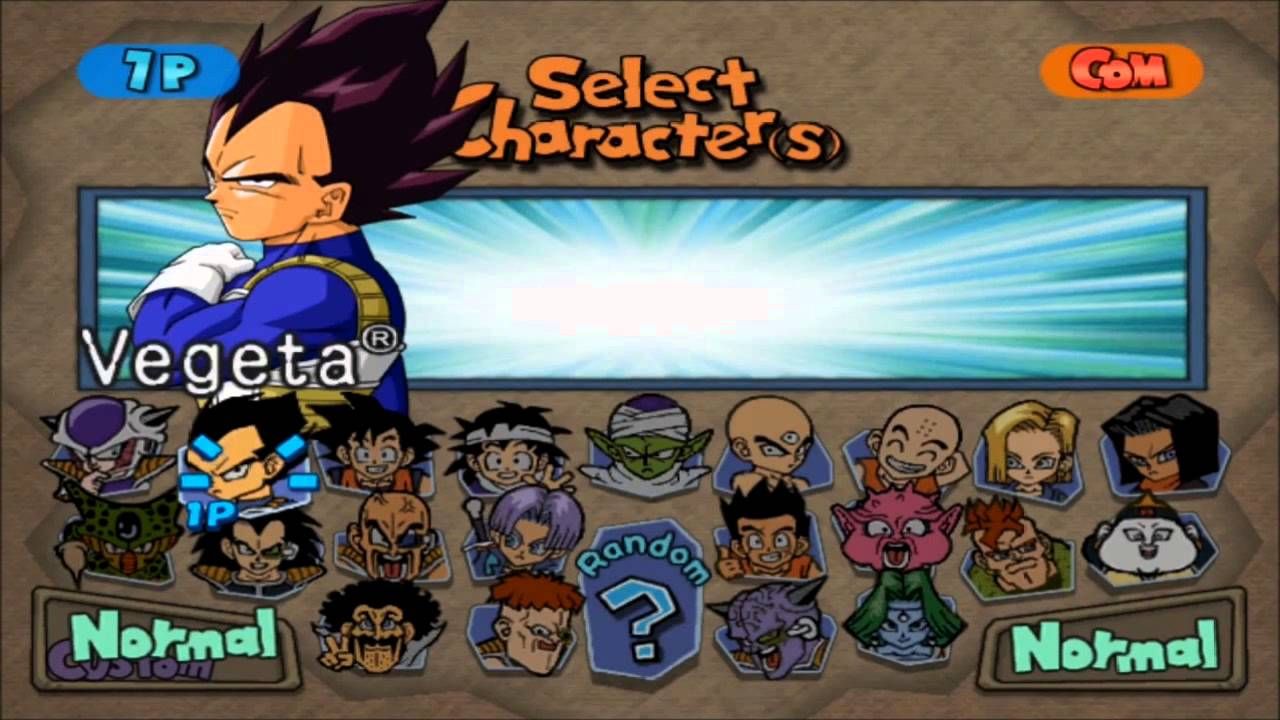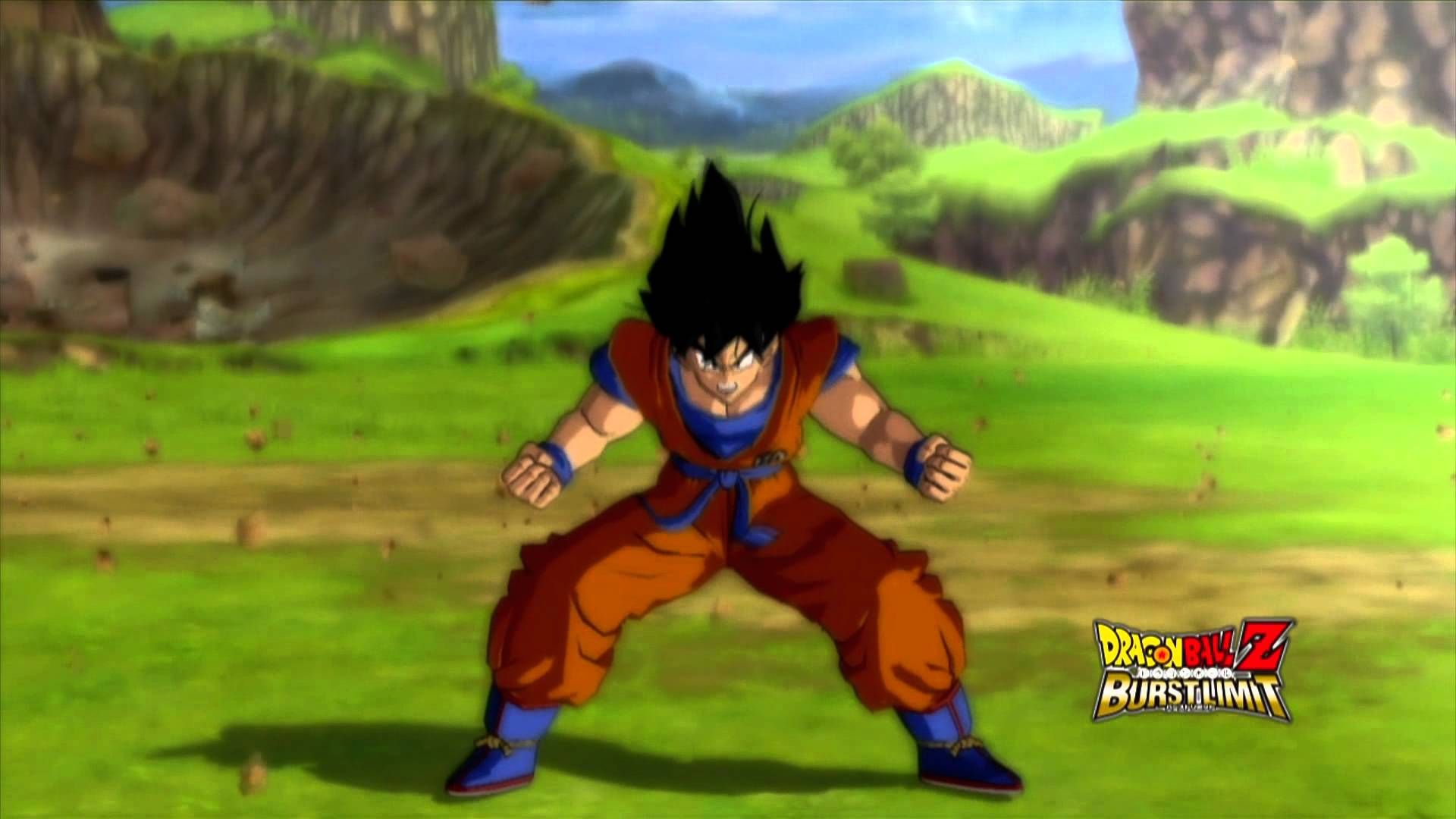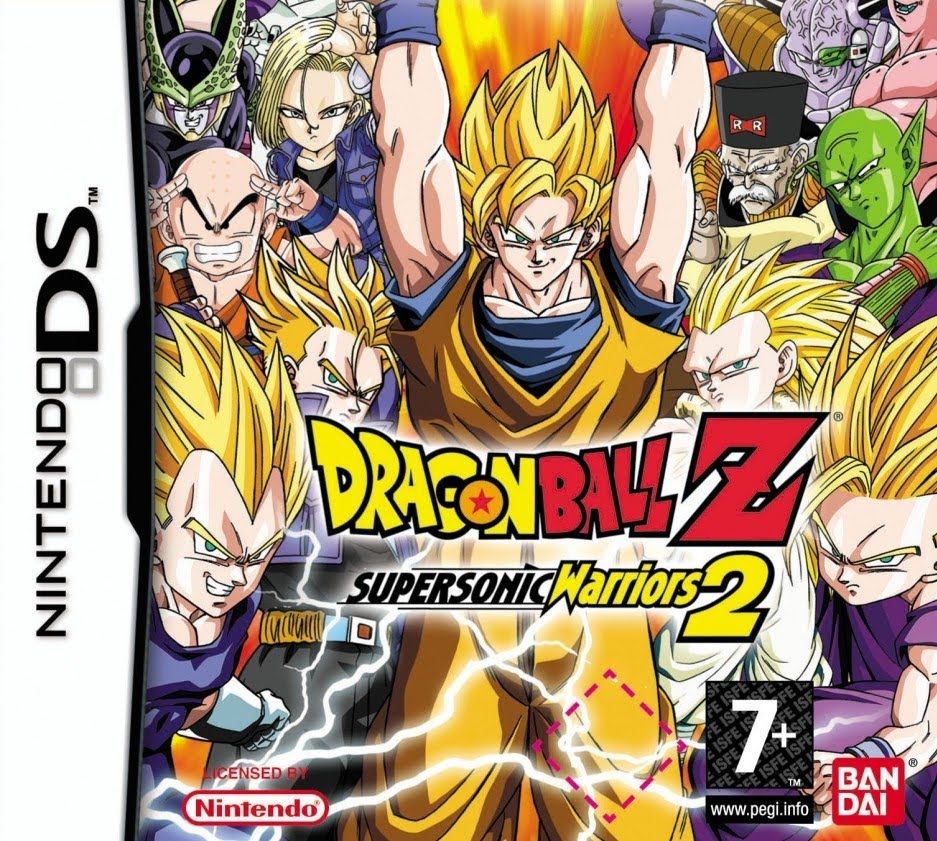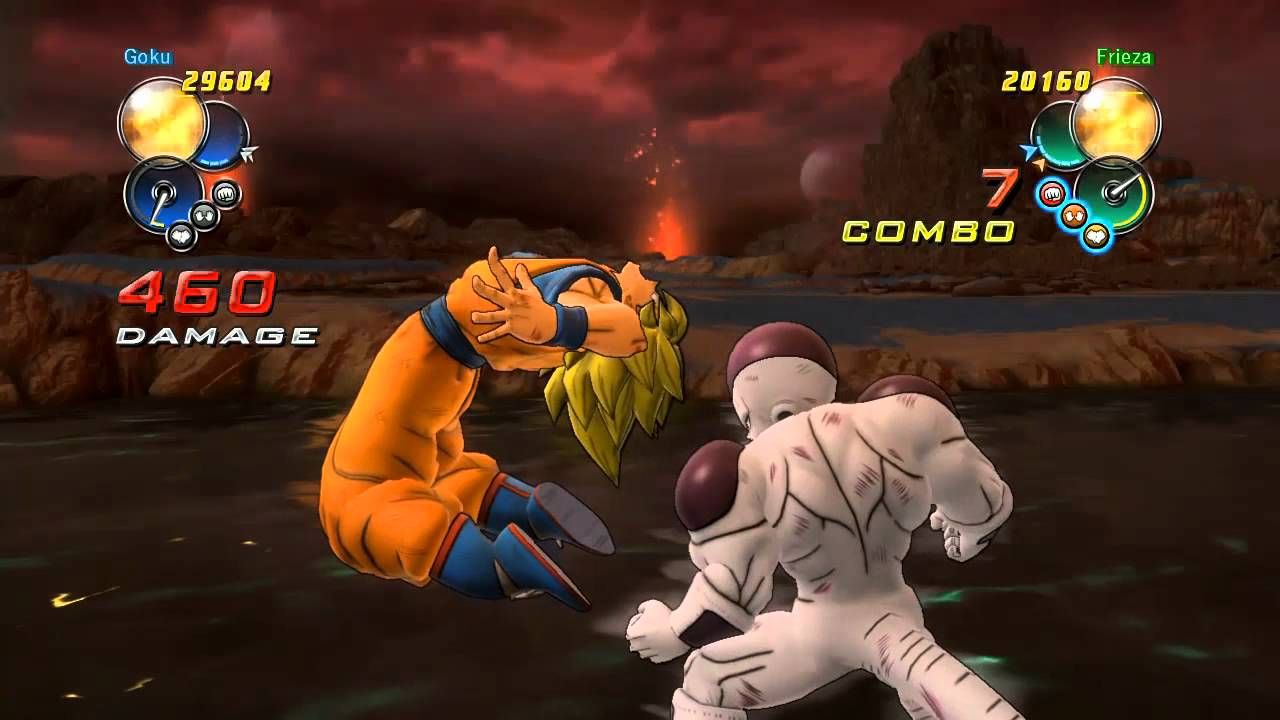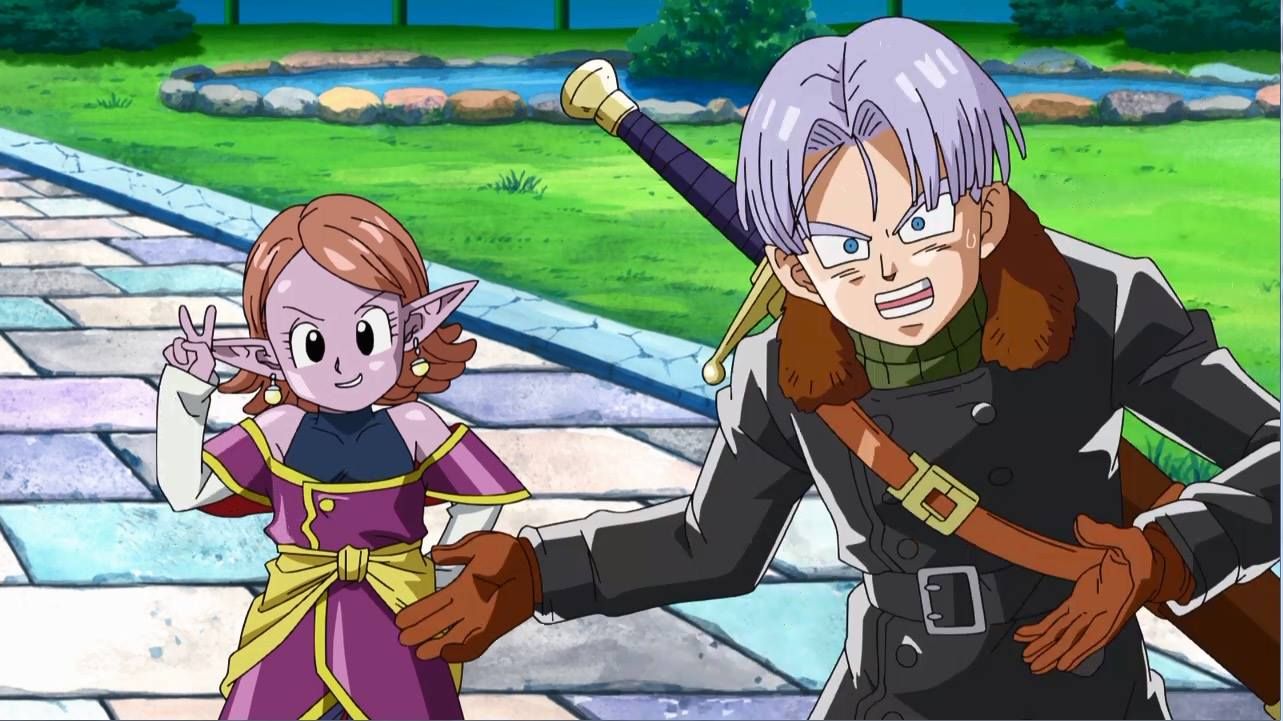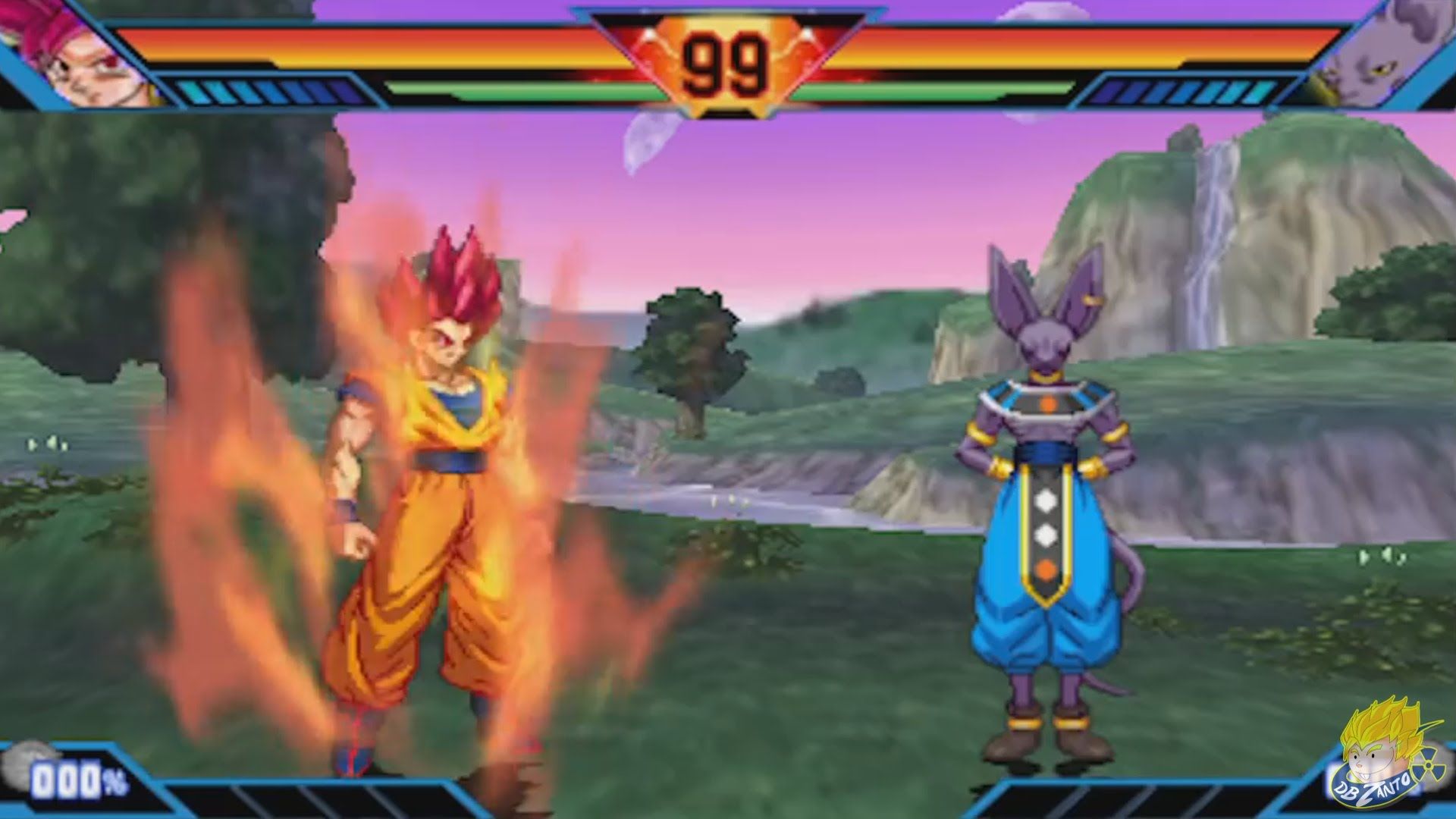Through manga, anime, and video games Dragon Ball Z has covered so much ground as a franchise that it’s almost impossible to be unfamiliar with the martial arts epic. With video games, specifically, Dragon Ball Z has had a rich history. Most games in the series’ early life were RPGs with many of them focusing on card-based movement and action. Those RPG elements have persisted through time, but when most fans think about Dragon Ball Z video games nowadays, they’re more inclined to think about the fighting games, and for good reason.
For a series that’s so ingrained in action, it only makes sense that it would come to life as a fighting game. From the Super Famicom in Japan to the Nintendo Switch in a few months, the Dragon Ball Z video game scene has no intention of slowing down.
While a good chunk of Dragon Ball Z games have been exclusive to Japan, there are plenty great ones that have made their way to North America. Unfortunately, some games in the series don't have the same level of polish when it comes to localization. Like any thirty year franchise, Dragon Ball Z has had some ups and downs, and you can see that clearly in its games.
25 Dragon Ball Z: For Kinect
Dragon Ball Z: For Kinect takes everything that makes Dragon Ball Z fun and butchers it for absolutely no reason. It’s no surprise that the Kinect didn’t take off the way Microsoft wanted it to, but the quality, or lack thereof, of games available for the motion sensor, is baffling. Dragon Ball Z: For Kinect could have been an interesting attempt at a first-person fighting game, but it’s little more than an advertisement for Super Saiyan Bardock.
Just about every asset is shamelessly stolen from Ultimate Tenkaichi, but without any of the gameplay that made Ultimate Tenkaichi so memorable. The story mode is one of the worst in the series, and gameplay is comprised of throwing around random punches and jumping around. Sure, it’s fun to fire a Kamehameha the first time, but after that? It’s just an exercise in tedium. Save yourself the hassle and play one of the much better Dragon Ball Z games.
24 Taiketsu
Advertised as the first game to feature Broly as a playable character (which is a bold faced lie, by the way,) Taiketsu is easily the worst fighting game in the series and probably the worst Dragon Ball Z game period assuming you don’t consider Dragon Ball Z: For Kinect a video game.
Taikestu is an ugly, little 2D fighter for the Game Boy Advance that’s more Tekken than Dragon Ball Z. Now, a traditional DBZ fighter could have been incredible, but Webfoot Technologies obviously didn’t care about making a good game, they just wanted to milk that sweet Dragon Ball utter. Battles are sluggish, the story mode is downright abysmal, the graphics are hideous, and the combat is not responsive whatsoever.
Webfoot Technologies made Legacy of Goku II and Buu’s Fury, so it’s not like they were unfamiliar with the series, and they had a decent track record. As it stands, Taiketsu is a downright shameful stain on the series’ video game legacy.
23 Evolution
Speaking of stains, let’s talk about Dragonball Evolution. Based off one of the worst adaptations in the cinematic medium, Dragonball Evolution strips away all the charm, nuance, and passion that makes Dragon Ball such a fun series and repackages it into a disgraceful attempt at exploiting the franchise for profit. You’d be hard pressed to find anyone who had seen or read Dragon Ball and thought, “You know what would make this better? If Goku went to high school and was moody all the time.”
Sure, Dragon Ball has a lot of merchandise, and you wouldn’t be wrong by saying the series has probably sold out, but at least the countless spin-offs try to offer something in the way of quality or fanservice to make up for that. Evolution, however, does not care whatsoever and is content in being a mediocre fighting game that barely understands the series it’s based on.
22 Final Bout
Dragon Ball GT was such an awful series that Toei waited ten years to try and milk Dragon Ball again, so it’s really no surprise that a fighting game based off of GT pretty much killed the Dragon Ball video game scene for half a decade.
Dragon Ball GT: Final Bout was the last entry in the original Butoden sub-series and was the first one to be released in the United States. The earlier entries in the series are all excellent games but Final Bout, perhaps because of its source material, failed to live up to any and all expectations. Bordering on the horrifying, Final Bout was the first fighting game in the series to be released in North America. That means, for some people, Final Bout was their introduction to the series.
Probably the weirdest thing about the game is that it barely features any GT characters at all meaning its faults could have very easily been avoided. It still probably would have been an ugly mess, though.
21 Ultimate Battle 22
What happens when you combined beautiful sprite work, awkward CG backgrounds, and ferociously long load times? You get Ultimate Battle 22. Another entry in the Butoden sub-series, Ultimate Battle 22 fares better than Final Bout but not by much, honestly.
For a fighting game to succeed, it needs to be fast, and UB22 is anything but. Getting in and out of matches should be instantaneous, but they take ferociously long. Sure, playing as your favorite Dragon Ball characters is fun, but you know what else is fun? Actually getting to play a video game.
There are some neat ideas present —like a level up system for each character— but the actual gameplay borders on the mundane. The older Butoden games were great because the small roster meant more focused move sets, but Ultimate Battle 22 doesn’t really give you that same feeling. Goku versus Vegeta just feels like two muscled men slowly punching each other in the air.
20 Infinite World
Infinite World is Budokai 3 if the latter never bothered trying to be a fun video game that also played like an episode of Dragon Ball Z. Really, everything Infinite World does Budokai 3 did better years earlier. Infinite World even goes so far as to remove characters from B3 even though the former uses the latter’s engine. In a situation like this, where a pre-established game is shamelessly being rereleased, there’s no reason to get rid of content, let alone playable characters.
Perhaps most offensively, Budokai 3’s RPG styled, character driven story mode has been completely neutered and replaced with a shallow mess that has more minigames than it does engaging combat. Really, it’s the lack of the story mode that hurts Infinite World the most. Dragon Universe is hands down one of the best ideas a Dragon Ball Z has ever had and losing it hurts Infinite World more than anything. If you’re going to rip off a better game, at least steal the aspects that made it a better game to begin with.
19 Budokai 2
Budokai 2’s cel shading is downright gorgeous, the combat is nice and fluid, and it increases the roster by a respectable degree, but it also has own of the worst story modes ever to grace Dragon Ball Z. Combining the worst elements of Mario Party with the worst qualities of an anime or manga adaptation, Budokai 2 follows up the original Budokai’s fantastic story mode with a board game monstrosity that butchers its source material for little reason other than to shoehorn Goku into every major battle.
When it comes to fighting mechanics, Dragon Ball Z tends not to shine so the stories need to do the heavy lifting. If the story can’t keep up, the game naturally loses something. Budokai set such a strong precedent, properly adapting the anime with full cutscenes up to the Cell Games, but Budokai 2 ends up resetting the plot in favor of Mario Party shenanigans and a story that gets just about every major detail wrong. Also, no cutscenes.
18 Raging Blast
Raging Blast is basically what you get if you strip down Budokai Tenkaichi to its base parts and release it before putting back the customization and roster. It’s still a good game, mind you, but it’s missing a lot of what made Budokai Tenkaichi a fun series.
Perhaps the best things Raging Blast brings to the table is fully destructible environments, battle damage, and even mid-battle facial expressions. It actually feels like an episode of Dragon Ball Z at times, with characters and the environment noticeably decaying with time. It really is a shame Raging Blast didn’t go further with its premise since just a bit of character customization would have gone a long way to help.
The story mode follows Budokai Tenkaichi’s lead, but it’s even more disorganized and sloppy. If it’s your only option for a Dragon Ball Z fighting game, it’ll get the job done, but it won’t be the best you can do.
17 Raging Blast 2
What is it about Dragon Ball Z that attracts developers to make such lazy story modes? For as much action as there in the series, the fights are only as good as they are because there’s proper context for the characters and what they're fighting for. Remove that, and you just have mindless violence. For some, that’s more than enough, but the best fights in Dragon Ball Z come out when there’s something at stake.
Raging Blast 2, while fixing just about everything that was wrong with the original, takes a huge step back with the story mode, opting for a few loose missions for each character.
If Raging Blast 2 had just added some context, it wouldn’t have been so bad, but neglecting to do so hurts the overall game. It’s a shame too, because Raging Blast 2 comes very close to hitting the mark, but fails miserably in translating the plot. At least you can play as Hatchiyack.
16 Budokai Tenkaichi
Following the success of Budokai 3, Budokai Tenkaichi had to really impress. The Budokai series had just hit its peak and whatever followed needed to be better. Unfortunately, Budokai Tenkaichi was not better and felt quite sloppy in comparison.
It does a better job of capturing the Dragon Ball Z storyline than Budokai 2 —at the very least— but the decision to split every arc into mini-segments that you had to unlock and jump back and forth from created a serious lack of cohesion. It’s really more of a “Best Of” than an actual story mode. For a non-tournament based fighting game before online was commonplace, that’s just disheartening.
Thankfully, there’s a decent character building system in place for the gigantic roster, so it’s not like Budokai Tenkaichi did everything wrong. When it comes down to it, Budokai Tenkaichi was just a rough draft for the sequels that would perfect its formula.
15 Tenkaichi Tag Team
The Budokai series had two entries on the PSP so it’s only natural that Budokai Tenkaichi would have a side-game on the handheld as well. Tenkaichi Tag Team was the last Dragon Ball Z game to be released for the PSP. Not just that, but it was the only Budokai Tenkaichi game to focus exclusively on 2 v 2 action.
Maintaining the same three-dimensional combat from Budokai Tenkaichi, Tag Team translates surprisingly well to the handheld although not without its faults. Part of the appeal of Budokai Tenkaichi was its massive roster, which Tag Team is simply lacking. The story mode is also rougher in terms of quality compared to its PSP brethren. No online so late in the PSP’s lifecycle is stands out as a major disappointment.
That said, Tenkaichi Tag Team is a worthy finale for Dragon Ball Z on the PSP. While it may not do anything new in terms of story presentation, a decent amount of care has been put into the gameplay to at least make it unique and stand out.
14 Battle of Z
In the same vain as Tenkaichi Tag Team, Battle of Z’s focus is on team-based fighting. It’s a bit of an odd trend for Dragon Ball Z, a series primarily focuses on one on one battles, but Battle of Z makes it all the stranger by adding the possibility of 4 on 4 action.
To accommodate the heavy emphasis on team-based combat, the story mode is actually slightly adjusted to make the major battles feature multiple characters fighting at once. Unlike Budokai 2 which altered the story without much thought to force Goku into every major altercation, Battle of Z takes a bit more care with its story and actually makes an attempt at having the story make sense and still feel like Dragon Ball Z.
Its biggest issue is that the team-based focus doesn’t really work for Dragon Ball Z. It’s a fun game that does something unique with its gameplay and premise, but it perhaps should have been saved for another franchise.
13 Shin Budokai
What’s better than a Budokai game on a handheld? A Budokai game on a handheld with a completely new story. Sort of. It’s based off of the twelfth Dragon Ball Z movie, Fusion Reborn, but the actual plot is pretty much nothing like the film so you can get away with calling it an all new plot.
Shin Budokai for the PSP pretty much takes the Budokai formula and transfers it to the small screen with great success. It’s the same Budokai you love, but just condensed. The story takes place a few years after the defeat of Majin Buu and sees our heroes dealing with the demon Janemba.
It’s a rather short story mode, and the writing is nothing to write home about, but the attempt at creating something new with pre-established ideas and characters has plenty of charm. If you’re clamoring for a Dragon Ball Z title for your PSP and for some reason don’t have access to Another Road, Shin Budokai is your best bet at a good time.
12 Shin Budokai – Another Road
Growing up while Dragon Ball Z was airing was an experience unlike any other. It was such an exotic and strange show that only got stranger when Vegeta’s son came from the future to warn about an impending Android attack. Trunks was only in the series for one arc, but his presence was heavily felt, quickly becoming one of the series’ most popular characters. Before Dragon Ball Super came along and explained what has been happening to him, the video games had to fill in the blanks. No game went into more detail than Shin Budokai - Another Road.
Taking place in Trunks’ original timeline, Trunks needs to go back in time to get the Z Warriors to help him fight his incarnation of Majin Buu. The second half of the story ends breaks quite a bit of the series’ internal logic, but the build up in the first half is so incredible that it’s easy to forget how shameless the back half is. It’s been wholly retconned by Super, but it’s a nice story that plays with Trunks’ arc with some solid Budokai action.
11 Budokai
The original Budokai. It single-handedly sparked a renaissance for Dragon Ball Z video games. It came out at the right time, had plenty of polish and charm put into it, and did a fantastic job adapting the anime into a video game format. Using an episodic structure, battles felt just like the anime right down to title cards and a “Next time on.”
The cutscenes may not hold up terrifically well, and they’ve been wholly outdone by Burst Limit, but the gameplay is still there and there’s plenty of fun side-content to play around with. Playing through the Cell Games as Hercule (Mr. Satan if you’re nasty) is ridiculous in the best way possible. Budokai also introduced the capsule customization system which still stands as one of the best features of any Dragon Ball Z game. If you haven’t played it, do yourself a favor and get on it. If you have, dust it off and give it some new love. I’m sure it misses you.
10 Burst Limit
As good as the original Budokai is, it shouldn’t be ignored just how much better Burst Limit is. Sure, it’s missing the capsule customization that made the Budokai series such a powerhouse, but Burst Limit is effectively a hyper polished remake of the original Budokai right down to those beautiful cutscenes.
Instead of capsules, Burst Limit uses a drama piece system where mini cutscenes can be trigger mid-battle for damage adding a new level of theatrics to combat. They can be a bit middling during versus, but they make for some truly incredible moments during the story mode.
Burst Limit, weirdly enough, also has one of the best soundtracks of the Dragon Ball Z video games and sports some strong voice acting, particularly from Sean Schemmel as Goku. The game only going as far as the Cell Games may be a disappointment to some, but it does a great job getting that far.
9 Supersonic Warriors 2
The original Supersonic Warriors got by with its stellar what-if storytelling, and while Supersonic Warriors 2 ditches the what-ifs, for the most part, it still does an admirable job capturing the Dragon Ball Z spirit and branching characters plots in different directions.
You’re going to have to forgive a horrible translation, probably the worst ever in a Dragon Ball Z game, before you get anything out of the story mode but if you’re able to overlook it you’ll find a lot to enjoy. Going through Trunks’ timeline is a blast and Gohan’s entire story mode is a ride from start to finish. Battles are also much better than the original, flowing much faster and featuring smoother character transitions.
The writing is honestly a problem, and it’s a shame that the translators obviously didn’t care, but it’s not offensively bad, nor is it enough to detract from the meaning of any given line. Do brace yourself for the occasional gibberish though.
8 Ultimate Tenkaichi
At first glance, it’s easy to mistake Ultimate Tenkaichi for a watered down version of the Budokai Tenkaichi sub-series. It plays just about the same but lacks the customization and huge roster that made those games so appealing, but that’s only at first glance. A closer look will show you one of the best story modes in Dragon Ball Z, and an original side-story that feels weirdly like a predecessor for Xenoverse.
The graphics are stylized based on the original manga which gives the story mode cutscenes some new life and flair, but there are also brand new animated cutscenes that reanimate major scenes the anime didn’t get quite right. The story covers all of Z and GT, but from Raditz to Majin Buu, Ultimate Tenkaichi does an admirable job adapting the plot. The side-story has you make your own Saiyan and explore a world where Goku’s already passed away which is, in itself, a novel idea. It’s not the best what-if, but it’s a nice bonus to one of the better story presentations in Dragon Ball Z.
7 Xenoverse
What do you get when you combine and MMO with a fighting game? Dragon Ball Xenoverse. Is it grindy? Yup. Is it at times frustrating? Definitely. Is it everything you wanted from a Dragon Ball Z video game when you were a kid? Oh, absolutely.
Do you want to play as your own original Saiyan? Go for it. Maybe you’d prefer to be a Namekian or a Majin, that’s also fine. If you’ve ever felt like being whatever Frieza is, you’re good to go there too. The character customization in Xenoverse is out of this world, and it’s only enhanced by an in-depth level up system. It’s just as much an RPG as it is a fighting game.
The story features your original character going back in time with Trunks to fix messed up timelines which is a fresh concept as it has you experiencing classic Dragon Ball Z battles with a twist. The endgame can be a pain trying to grind for the right gear, but you at least get to experience something unique with some really fun character building thrown into the mix.
6 Extreme Butoden
Most Dragon Ball Z games tend to suffer from a lack of detailed combat, but Extreme Butoden spits in the face of its predecessor and shows off what can be done with a Dragon Ball Z fighting game when the developers are fully intent on making a solid game. Beautiful sprite work and fast combat highlight every battle, as all your favorite characters pummel each other into dust with the occasional assist thrown in.
The story is a bit lacking as a result of the gameplay focus, but it’s certainly not bad. A bit too much time is spent on Namek, but that can be said for the series proper as well. Plus, there are some nice and subtle what-if scenarios that really enhance individual characters’ plots. For those seeking something outside the single player realm, there’s also an online mode that, while not very active, is good fun when you get a game going.

